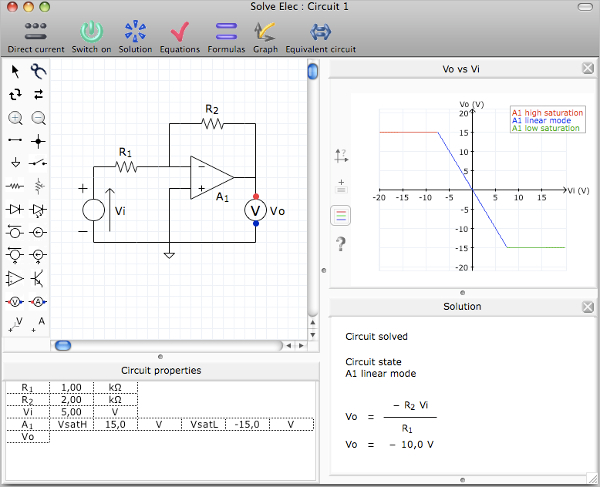

With 5V fed to the PNP base, the transistors are off. With all that, here's the SPICE file: ex4.cir using, for now, a 5V source for the signal to permit steady state (OP) analysis. I B1sat = I C1sat ÷ h FE = 48mA ÷ 60 = 0.8mA Looking at the datasheet for the 2N3906, h FE=60 at ≈48mA. Since we're given Q1's I Csat1 already, all that's needed is to calculate the required I B. That way the MCU doesn't have to hold a logic high on the line at all times, like during reset, and when it does sink current, the pull-up isn't adding much on top of I B1.įirst, recalculate R B2 to account for the V CE1 drop across the new transistor. Worth mentioning, it might not be a bad idea to include a pull-up resistor (say, 10kΩ) from node 10 to +5V.

We'll use a simple voltage source for now to simulate the digital logic signal but eventually we'll replace it with a PULSE source again. Note that the current will be flowing out of, rather than into, the base of the PNP. If we put the load for the PNP between the collector and ground, and tie the emitter to our voltage source, we can easily set a base voltage less than the collector by tying it to ground through a resistor.Īs with the NPN, we have to select this base resistor, R B, to allow an amount of base current to flow that is 2-10 times the threshold required for the transistor to leave the active mode, given the target collector current, I C. Finally, saturation, what we need to achieve to turn the transistor on like a switch, occurs when both junctions are forward biased the base voltage is negative with respect to both C and E. Active mode occurs when the base voltage is negative with respect to the emitter voltage, forward biasing that junction, but positive with respect to the collector (reverse biased). PNPs are turned off, that is, put into the cutoff region when the base voltage is high: positive with respect to the collector and emitter voltages, reverse biasing both junctions. This time, let's use a PNP transistor, a 2N3906, to activate the power transistor. In turn, this new resistor will require far less base current signal to activate.

To get around that, let's add a switching transistor to provide that drive current. To continue where we left off, the current required to turn on the TIP3055 NPN power transistor to run Pokey's firefighting fan motor was higher than the 40mA maximum that the ATmega168 can handle.


 0 kommentar(er)
0 kommentar(er)
